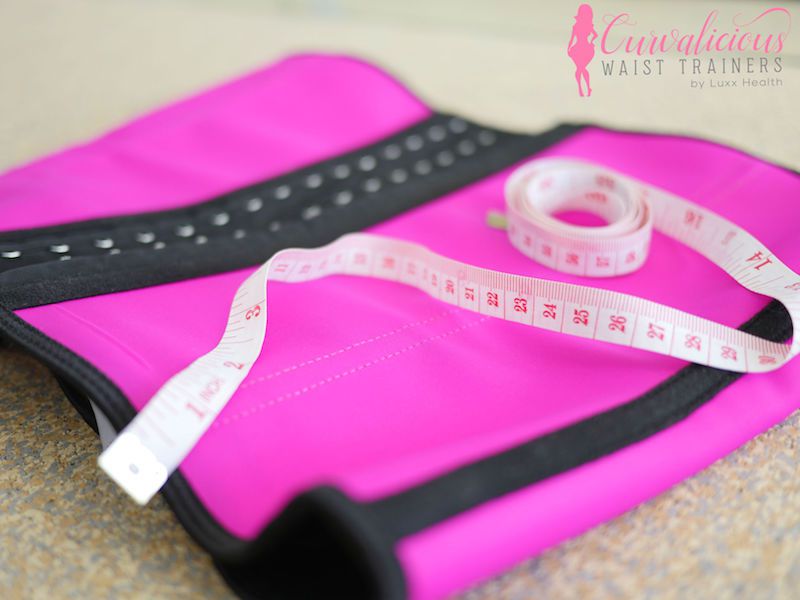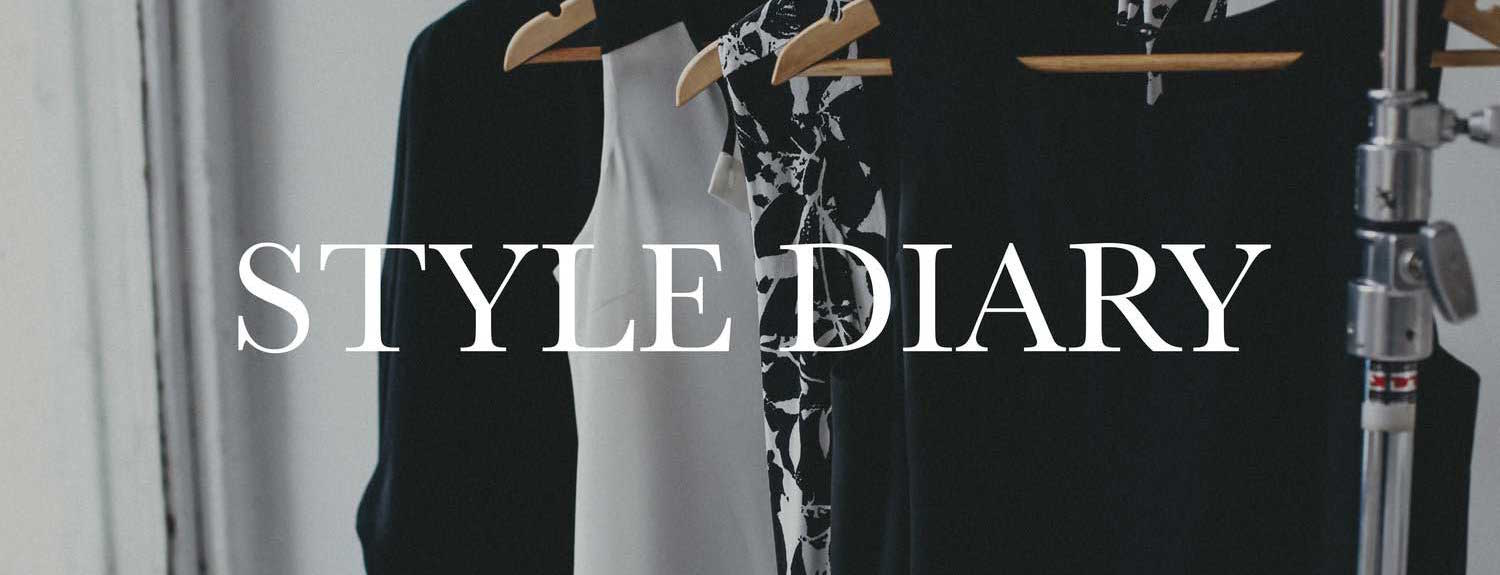We have all heard the saying that “beauty is pain“ for years. As each decade of time has passed, societies have come up with new standards and trends for beauty that seem to keep proving that the saying is true. From the old practice of foot binding to the use of Botox injections today. Beauty has certainly left some of us sore. It certainly begs the question: What are the lasting effects? What price are women really paying to fit into the beauty standards of the moment? I’m going to examine the lasting effects of waist trainers and high heels.

Waist Trainers
What are they?
Waist Trainers are fitted, often latex or rubber corsets of sorts that are made to give an hourglass figure to women. This is achieved often with adjustable hooks in the front that allow for the waist trainer to be tightened or loosened as needed. Waist trainers are often made with a metal boning all around that is curved to push in the mid torso area.
The act of waist training is exactly what it sounds like. Training the waist to be a certain shape over a gradual period of time. Although some women may want to wear a waist trainer to make an outfit look a little smoother. A waist trainer is often worn by some women during their normal day to day life in hopes of altering the shape of their body. Despite its constricting ability, many women wear them while working, running errands, and even wear them to the gym.
Why are they so popular?
In the age of social media, people have access to celebrities like never before. This allows celebrities and influencers alike to promote products on the likes of Instagram. And their followers eat it up, doing the little things they can to become as much like this person of fame that they admire. Celebrities like Kim Kardashian, Amber Rose, and a slew of others have been seen wearing, and encouraging the use of waist trainers to achieve the ultimate hourglass figures that have helped make them popular in the first place.
Some waist trainers also promise that if you wear them long enough. That it will actually make you lose weight and inches in the stomach area. Some even employ the help of a fat burning cream that is supposed to be applied beneath the waist trainer. In a culture of instant gratification, people want their fitness results like they want everything else. On-demand with instant results. In addition, waist trainers are believed to make you eat less because of the constriction on the midsection.
What are the dangers?
While wearing a waist trainer every now and then is not particularly dangerous, wearing them for a prolonged period of time can prove to be harmful. When one straps herself into a waist trainer to achieve a certain figure, something has to move, shift or be pushed in. A waist trainer is not a magic wand, and can’t just make belly fat disappear forever. Instead, it redistributes it to another area for the time it’s worn. Any “unsightly” bulges or fat up, down, and away from where the boning will do its most pressure. The actual reason women may see a decrease in the circumference of their waist is much more disturbing. According to doctors, and as history will show – waist trainers when worn over long periods of time, begin to constrict and contort the rib cage, forcing internal organs to find a new home inside the body. Effectively moving organs down.
While organs won’t stay permanently displaced in most cases, the pain experienced while wearing a waist trainer includes stabbing pain in the ribs, shortness of breath, lightheadedness, and even increased blood pressure.
Is it worth it?
There is nothing wrong with wanting to give yourself a slimmer look for an event or outing, but the waist trainer is probably a garment that should be worn in moderation in the name of comfort during the day.
We recommend a great piece of comfortable shapewear as an alternative!

High Heels
High heels are probably one of the oldest accessories in history. People from all over the world have been wearing some variation of heels all the way back to the 10th century. Originally, high heels were conceived as a way to stay on a horse. However, because it was expensive to own a horse, wearing such a device on the feet became a sign of status. High heels rose again in popularity in the 1700s. Worn by both men and women of a certain class, and have remained a high-end staple in many closets today. With an abundance of designer brands, the heeled beauties can carry a price tag well into the four digits and above.
Why are they so popular?
Heels being a form of shoes are seen as a necessity. While one can get through life without a waist trainer, it is very hard to get through life without shoes. Of course, there are other varieties of shoes, such as flats and sneakers that afford more comfort, but women still go for heels in droves. Why? The answer is quite simple: High heels look sexy!
Because of the exaggerated arch to the foot that a heel affords, it offsets the weight distribution in the foot and forces the person wearing them to use muscles in the back of the leg to stay up, while creating the illusion of tonality in the legs and thighs. Also, According to Gad Saad Ph.D. of Homo Consumerists, heels can raise the buttocks by 20-30 degrees. He goes onto to call them “anti-gravity” devices that battle the natural sagging of the bad that comes with age. Heels also elongate the body and elevate your height.
It is also worth mentioning that heels are a way to make a statement with fashion and clothing. Heels afford the wearer a chance to show their personality whether they are at work, church, in court, or wherever. Shoes have almost acted as the unofficial flair of personality that can go against a dress code. And with a variety of styles and prices, they will fit any woman, nearly any climate, and virtually any lifestyle.
What are the dangers?
The immediate dangers of beloved heels is quite obvious, falling down! Heels are made to throw off balance in favor of appearance. This makes walking on even the smoothest sidewalk that much more difficult. Sure, they look amazing. But in heels, you are at high risk of twisting, spraining, straining, or even breaking an ankle. Also, according to the American Osteopathic Association(AOA), keeping the foot at an unnatural angle for prolonged periods of time throws off the alignment of your body and problems can extend to other places. “It’s not unusual for people who spend lots of time in high heels to have low back, neck and shoulder pain because the shoes disrupt the natural form of the body.” Dr. Sajid A. Surve, DO writes.
According to the American Spine Health Institute. The higher the heel, the higher the weight pressure on the balls of the foot becomes. For example, a three-inch pump is likely to places 76% of the body’s weight pressure on that one area of the foot. The Spine Health Institute also goes on to explain that heels put new pressure on the knees and spine. And if worn over a period of many years – will change the shape of the anatomy. They can also bring on the foraminal stenosis. A lower back condition that can cause tingling, numbness and shooting pain in the lower back.
Is it worth it?
High heels, as most things in life, are okay in moderation. To lower the risk of injury, The Spine Health Institute suggests stretching before and after wearing heels. Limiting the height of the heel to two inches, as well as wearing them in shorter spurts of time, and buying them in the afternoon when feet are at their largest. An insole insert can also help in redistributing the weight for balanced pressure.
The post LET’S GET REAL ABOUT PAIN IN BEAUTY appeared first on Plvsh Style.
